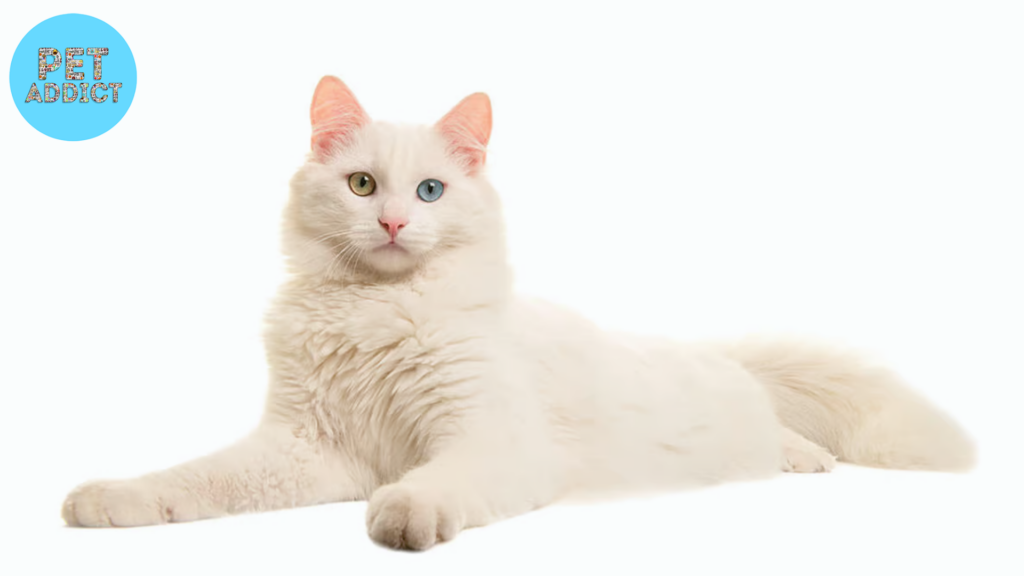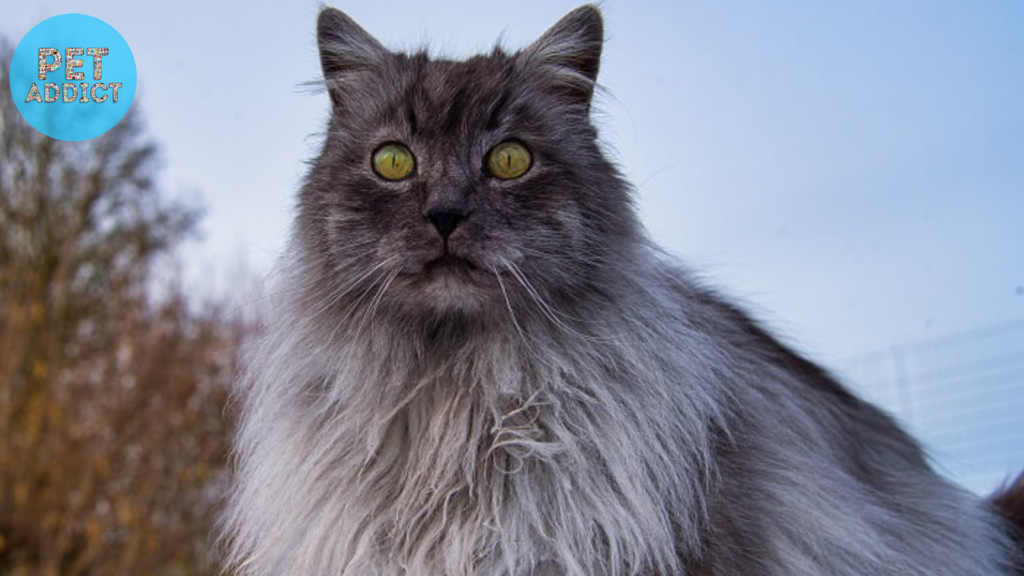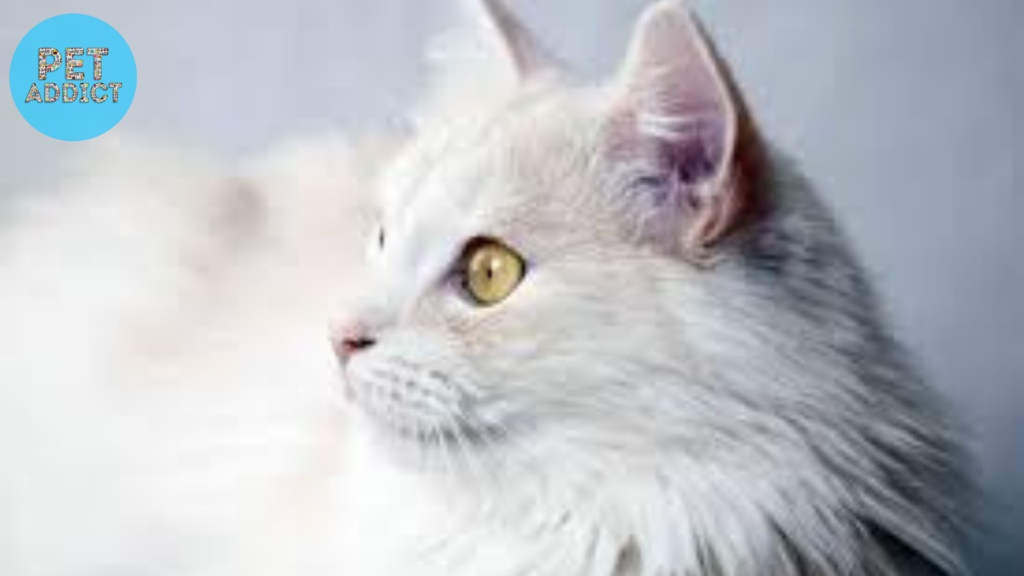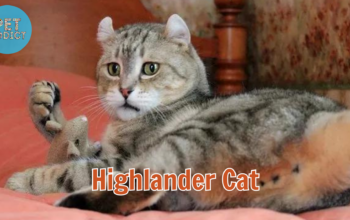When it comes to the Angora cat, its striking appearance and elegant demeanor often leave us captivated. If you’re considering bringing an Angora cat into your home or are simply curious about these regal felines, understanding their average height and weight can provide valuable insights into their physical characteristics. In this article, we’ll explore the typical height and weight range of the Angora cat, helping you gain a better understanding of this enchanting breed.
PetAddict.net – The best place where you can find everything about your pet!
The Elegance of Size

Average Height: Angora cats typically have an average height that ranges from 8 to 10 inches (20 to 25 centimeters) at the shoulder. This measurement reflects the distance from the ground to the highest point of their shoulder blades.
Average Weight: The weight of an adult Angora cat generally falls between 5 to 9 pounds (2.3 to 4.1 kilograms). However, individual cats may vary slightly outside this range.
A Glimpse into History

Origins: The Angora cat’s history traces back to the city of Ankara, formerly known as Angora, in Turkey. These cats have been cherished for centuries, and their elegance made them a favorite among European aristocracy.
Cultural Treasures: Angora cats are deeply intertwined with Turkish culture and folklore. They are revered for their stunning appearance and are considered a symbol of prosperity and good luck.
Silky Coat: One of the most defining features of the Angora cat is its exquisite coat. It’s known for being long, silky, and fine-textured, adding to the breed’s allure and elegance.
Factors Influencing Size
Genetics: Just like with humans, genetics play a significant role in determining a cat’s size. The size of an Angora cat’s parents and ancestry can influence how large or small they grow.
Nutrition: Proper nutrition during a cat’s formative months can impact their growth and development. A balanced diet supports healthy bone and muscle growth.
Health: A cat’s overall health can affect their size. Cats that are in good health and receive regular veterinary care are more likely to reach their full growth potential.
Caring for Your Angora Cat’s Size

Diet: Providing a well-balanced and appropriate diet is essential for your Angora cat’s overall health and growth. Consult your veterinarian for dietary recommendations based on your cat’s age, weight, and activity level.
Exercise: Encourage regular play and exercise to help your Angora cat maintain a healthy weight and stay active. Interactive toys and climbing structures can provide mental and physical stimulation.
Veterinary Care: Regular veterinary check-ups ensure that your Angora cat is growing and developing as expected. Your veterinarian can also provide guidance on maintaining a healthy weight.
Grooming: While grooming doesn’t directly influence size, maintaining your Angora cat’s coat can help them look and feel their best. Regular brushing prevents matting and tangles.
FAQs About Angora Cat Sizes
Q1: Is it common for Angora cats to be larger than the average weight range? Yes, some Angora cats may naturally exceed the average weight range due to genetics and other factors. As long as their weight is within a healthy range, there’s no cause for concern.
Q2: Are male and female Angora cats different in size? Male Angora cats are generally larger and heavier than their female counterparts. However, individual variations can occur.
Q3: Can the size of an Angora cat change over time? An Angora cat’s size may continue to develop until they reach adulthood, usually around one year of age. After that, their size is unlikely to change significantly.
Q4: Do Angora cats have specific dietary needs for growth? During their growth phase, Angora kittens require a diet that supports their development. Consult your veterinarian for guidance on providing the right nutrients.
Q5: How can I tell if my Angora cat is underweight or overweight? Consult your veterinarian for guidance on assessing your cat’s body condition score. This evaluation takes into account factors like ribs, waist, and overall appearance.




